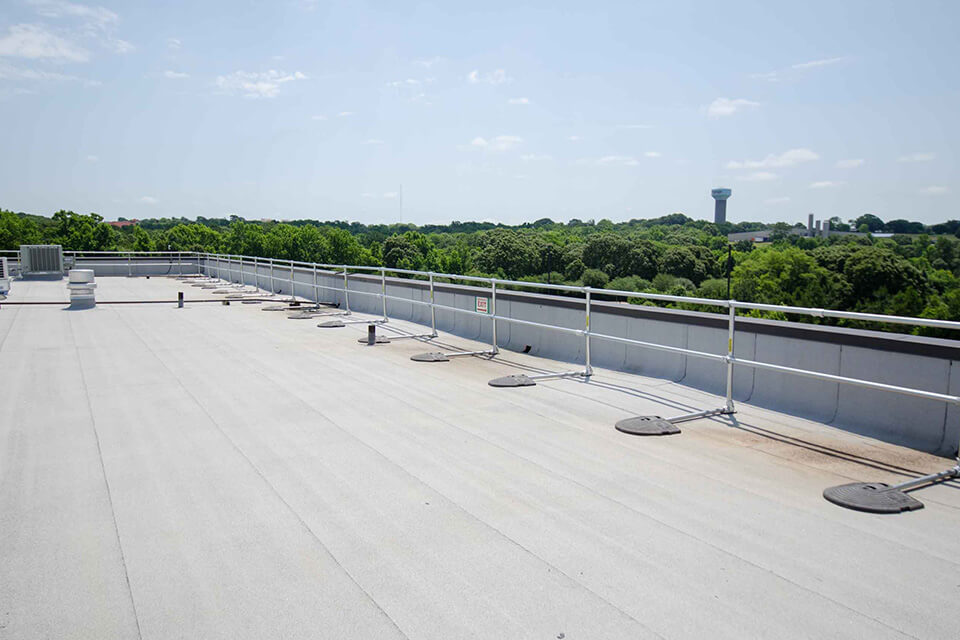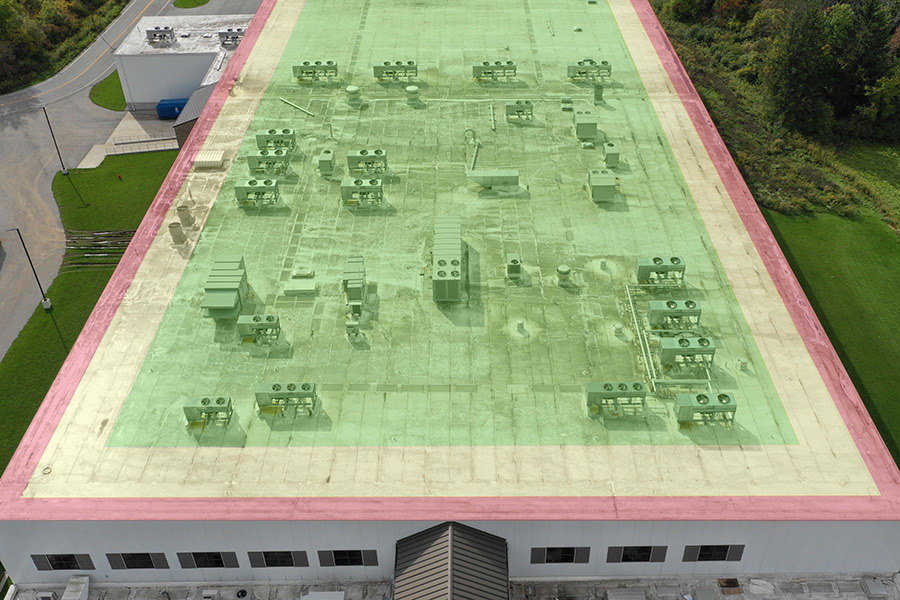Temporary and Infrequent – Reducing Fall Protection Requirements

Did you know that you don’t always need fall protection?
Of course, you don’t when there is no fall hazard. However, OSHA has included provisions in its code that identify specific circumstances where a fall hazard exists, and no fall protection is required.
It may seem crazy and counter-intuitive, but this is OSHA’s way of making a safety culture more approachable in the US. Unfortunately, many employers ignore safety protocols, which is likely why fall protection remains the most frequently cited hazard by OSHA.
Fall protection is crucial. However, there are obstacles that can get in the way, like budget or complexity. OSHA aims to relieve this tension.
Enter temporary and infrequent.
Defining Temporary and Infrequent
What is temporary and infrequent?
OSHA does not define what temporary and infrequent means in 29 CFR 1910 Subpart D. However, there is clarity brought to this term in a clarifying letter. This letter also references 81 FR 92494, which is where they derive the definition.
Enough of the background, here’s the definition according to OSHA.
Temporary "means that the duration of the task the worker performs is brief or short. Temporary and brief or short tasks generally include those that a worker is able to perform in less time than it takes to install or set up conventional fall protection."
OSHA doesn’t place a specific timeline on this. However, a good rule of thumb for temporary is work that takes less than 2 hours to complete.
Infrequent, as is referenced in the OSHA fall protection code, "means that the task or job is performed only on occasion, when needed (e.g., equipment breakdown), on an occasional basis, or at sporadic or irregular intervals. Infrequent tasks include work activities such as annual maintenance or servicing of equipment, monthly or quarterly replacement of batteries or HVAC filters, and responding to equipment outage or breakdown. In these instances, the frequency of exposure to fall hazards is very limited.”
That’s a lot. OSHA gives multiple time options for infrequent. We simplify it by saying infrequent is work that happens once a month or less.
So, if the work takes less than 2 hours and happens once a month or less, then you can consider it to be temporary and infrequent.
Applying Temporary and Infrequent
Before we dive into showing you how to apply temporary and infrequent, it’s important to note two things.
Temporary and infrequent is only listed in the General Industry standard. This matters because the work that you do may fall under a different set of requirements. For instance, you may be in the agriculture, maritime, or construction sectors. OSHA has code sets specifically designed for these industries and you’ll want to check those. Also, there are some states that have a local OSHA standard, like California. These localized codes supersede the federal codes, so make sure to check that as well.
Temporary and infrequent is only for low slope roofs. Low slope roofs have a pitch that is less than or equal to 4/12. It’s also important to note that this clause only references the edges of these low slope roofs, not holes. This means that skylights are not included.
How to Use Temporary and Infrequent
Once you’ve determined that temporary and infrequent applies to your roof, here’s how you’ll apply it.
There are 3 layers that will be applied to low slope roof edges.

The Most Dangerous Zone
Layer 1 includes walking/working surfaces that are within 6 feet of the roof edge. At this distance, temporary and infrequent does not apply. You must use appropriate fall protection as prescribed by OSHA. These options are:
- Guardrail
- Safety Net Systems
- Personal Fall Protection Systems, such as fall arrest or travel restraint systems
Less Dangerous, But Still Very Risky
Layer 2 is the area of work over 6 feet from the roof edge but less than 15 feet. When you are within this zone and if the work is temporary and infrequent, then you can use a designated area instead of standard fall protection.
A designated area is a part of a walking/working surface delineated by a warning line system. Warning lines are physical barriers that are a visual warning, alerting someone of an impending hazard, like the roof edge.
The “At Least You’re This Far” Zone
Layer 3 is any walking/working surface that is more than 15 feet from the roof edge. If you are further than 15 feet from the roof edge and the work is temporary and infrequent, then you are not required to use fall protection to be OSHA compliant. This is the minimum that you can do to be OSHA compliant. This does not mean that the work zone is “safe”.
If you are more than 15 feet from the edge and the work is NOT temporary and infrequent, then you can use a designated area instead of standard fall protection.
Wrapping Up
That may seem like a lot, so here’s the tl:dr.
- Temporary and Infrequent is a General Industry standard for low slope roof edges.
- Temporary means the work takes less than 2 hours.
- Infrequent means the work happens once a month or less.
- No fall protection is required for temporary and infrequent work over 15 feet from the roof edge.
- A designated area can be used if the work is temporary and infrequent at 6 feet from the roof edge.
- Standard fall protection is needed within 6 feet of the roof edge, regardless of the work.
Remember, these are the minimum requirements that OSHA has set to make fall protection more approachable. We advise that you conduct a fall hazard survey to determine which areas need your attention.
The good news is that we’re here to help. Contact our team of fall protection experts and they’ll help you analyze your facility and create a fall protection plan.



